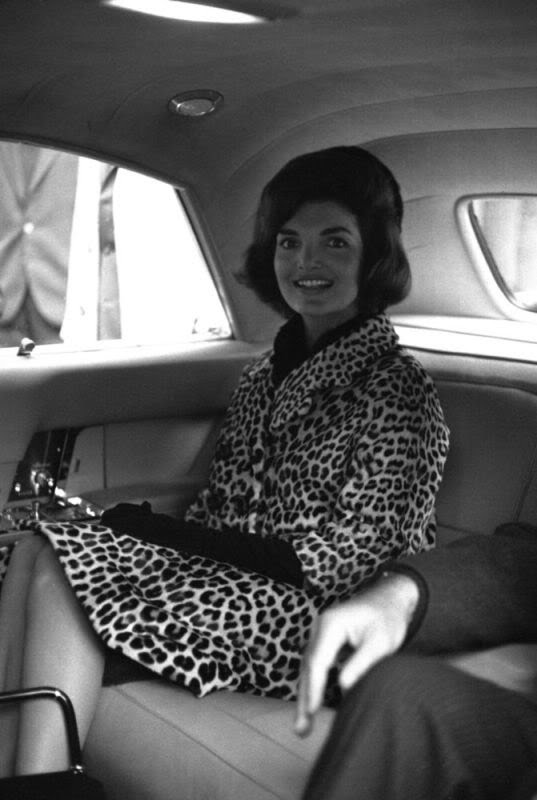In the 1970's women were in control of what they wore, if they wanted to wear hotpants one day and a maxi skirt the next they would.
 The seventies brought a wider range of fashion, due to people travelling around the world and the many different cultures and social groups both in Britain and American. The hippies from the sixties had brought forward clothes from different ethnic groups and loose flowing robes and dresses made there way into western cities. From the mid seventies kaftans, kimonos and other styles of African and Asian clothing was translated into designs for the western market, led by designers such as Yves St Laurent.
The seventies brought a wider range of fashion, due to people travelling around the world and the many different cultures and social groups both in Britain and American. The hippies from the sixties had brought forward clothes from different ethnic groups and loose flowing robes and dresses made there way into western cities. From the mid seventies kaftans, kimonos and other styles of African and Asian clothing was translated into designs for the western market, led by designers such as Yves St Laurent.
Disco Fashion
Disco fashion developed when disco dancing became more widely appreciated, the fashion consisted of hotpants, tight disco pants, stretch sequin bandeau tops and spandex tops. Disco gave way to dress codes, which meant people needed to dress right in order to gain entry to the clubs. This form of fashion was not acceptable during the day but became almost compulsory in the evenings.

Punk
 The subcultures of the seventies also included Punk, a trend partly introduced by Vivienne Westwood. Throughout the seventies she introduced new fashion ideas, whilst designing costumes for many bands such as 'The Sex Pistols' and for 'The New York Dolls'. Vivienne Westwood influenced an entire age of fashion.
The subcultures of the seventies also included Punk, a trend partly introduced by Vivienne Westwood. Throughout the seventies she introduced new fashion ideas, whilst designing costumes for many bands such as 'The Sex Pistols' and for 'The New York Dolls'. Vivienne Westwood influenced an entire age of fashion.

 The seventies brought a wider range of fashion, due to people travelling around the world and the many different cultures and social groups both in Britain and American. The hippies from the sixties had brought forward clothes from different ethnic groups and loose flowing robes and dresses made there way into western cities. From the mid seventies kaftans, kimonos and other styles of African and Asian clothing was translated into designs for the western market, led by designers such as Yves St Laurent.
The seventies brought a wider range of fashion, due to people travelling around the world and the many different cultures and social groups both in Britain and American. The hippies from the sixties had brought forward clothes from different ethnic groups and loose flowing robes and dresses made there way into western cities. From the mid seventies kaftans, kimonos and other styles of African and Asian clothing was translated into designs for the western market, led by designers such as Yves St Laurent. Disco Fashion
Disco fashion developed when disco dancing became more widely appreciated, the fashion consisted of hotpants, tight disco pants, stretch sequin bandeau tops and spandex tops. Disco gave way to dress codes, which meant people needed to dress right in order to gain entry to the clubs. This form of fashion was not acceptable during the day but became almost compulsory in the evenings.

Punk
 The subcultures of the seventies also included Punk, a trend partly introduced by Vivienne Westwood. Throughout the seventies she introduced new fashion ideas, whilst designing costumes for many bands such as 'The Sex Pistols' and for 'The New York Dolls'. Vivienne Westwood influenced an entire age of fashion.
The subcultures of the seventies also included Punk, a trend partly introduced by Vivienne Westwood. Throughout the seventies she introduced new fashion ideas, whilst designing costumes for many bands such as 'The Sex Pistols' and for 'The New York Dolls'. Vivienne Westwood influenced an entire age of fashion.
'The Bay City Rollers' were a big influence on seventies fashion, they introduced Scottish tartan into young, teen fashion creating a craze during their time in the public eye.




